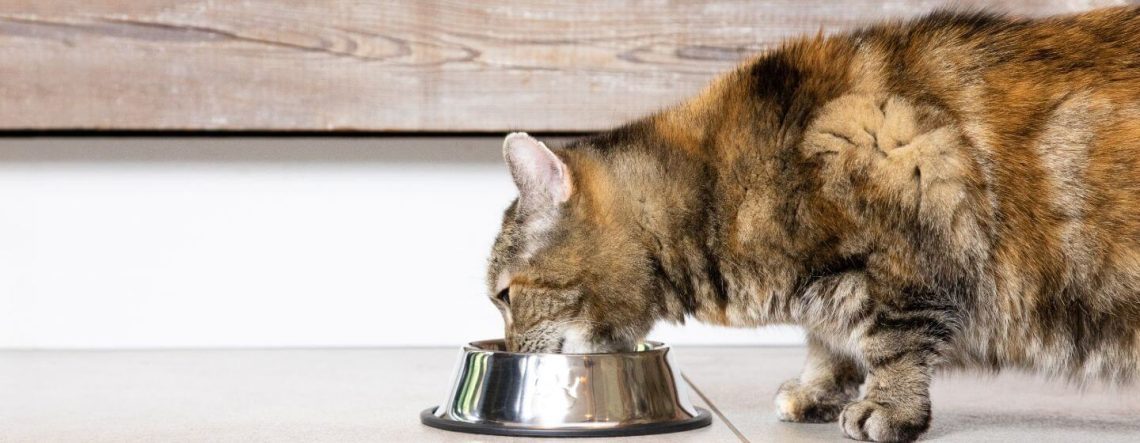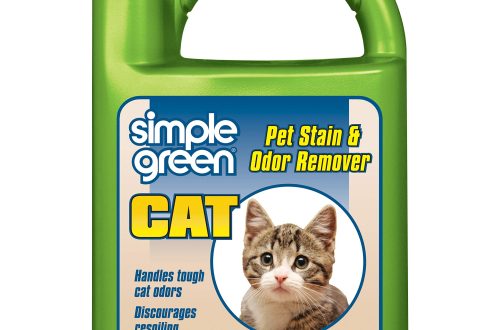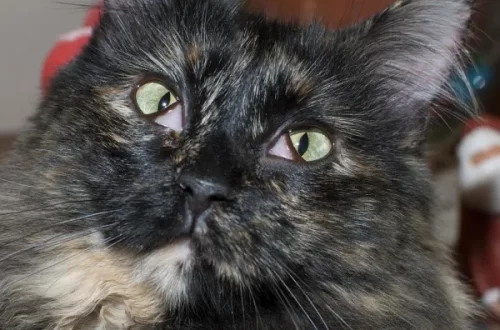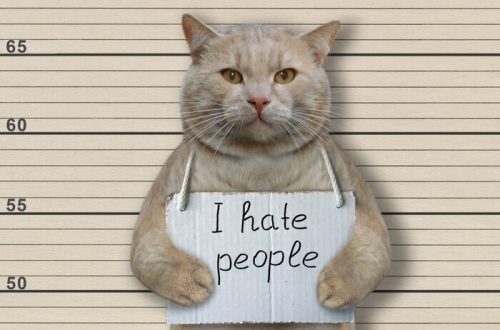
Drinking bowl for a cat: how to choose?
When organizing space for your cat, the first thing to consider is her access to clean water. Water for both humans and cats is the key to health and a fulfilling life. It is very important to stay hydrated. In order for your fluffy beauty to drink water with pleasure, buy the right drinker.
Why does a cat need a drinker
In the wild, felines get some of their water from their food, such as insects, birds, and rodents. At home, the cat is available wet food and a bowl of water. Your pet should always be able to drink. There are several reasons for this:
- the cat should not be thirsty;
- toxins are removed from the body with water;
- dehydration in a pet is quite difficult to notice, and it leads to serious health problems;
- lack of fluid can lead to weakened immunity;
- Wet food does not always contain the right amount of liquid.
A cat needs to drink about 300 ml of water per day: a lot depends on its physical activity, health status, weight and diet. If you feed your pet with dry food, then there should be more water, if wet, then less. It is necessary to accustom a kitten to the use of water in the right quantities from childhood.
Types of drinkers
Sometimes cats enthusiastically drink water straight from the tap, refusing to approach the bowl. But it is better to teach your pet to drink water from a special device so as not to turn on the water on demand. Pet stores have a huge selection of products for cats – there are both ordinary water bowls and automatic drinkers of various designs.
- A bowl. The easiest option is a plastic, metal, glass or ceramic container. There are bowls with a rubberized stand for stability. Please note that a plastic cat drinker may not appeal to your pet due to the smell. Metal bowls can become a toy for your pet – choose a dense metal that rattles less. Glass and ceramics may break, but they look beautiful and have no smell.
- Automatic drinkers. There are electric drinking fountains and drinking bowls with water supply according to the principle of communicating vessels. Electric options clean the water with filters and don’t have to be changed on a daily basis. Water can flow down the surface of the drinker – this is a waterfall, or beat up in streams – this is a fountain. A drinker without a pump most often has a simple design and is easily disassembled, which is convenient when traveling.
Drinker selection
What to look for when choosing a drinker for your pet? Of course, on the preferences of the cat. Look how exactly she likes to drink.
- If your cat prefers running water, look for drinkers with automatic water supply. At the pet store, ask to turn on the fountain: if it is too noisy, the animal may be frightened. Do not buy drinkers that are too difficult to care for. Filters in drinkers with an electric pump will sometimes have to be changed and wires or batteries should be monitored.
- An automatic drinker without a pump requires topping up or changing the water about once a day. Do not forget to change the water and wash the drinker. Pet water should always be fresh, clean and cool.
- If there is no space for a bulk drinker, consider a combined option: a feeder and a drinker are located on the same surface. Choose containers according to the dimensions of your cat: a small kitten will not be very comfortable drinking from a large bowl. At the same time, a large cat will feel discomfort if the bowl is narrow and low.
- you can make a do-it-yourself oiler for a cat. The simplest option is communicating vessels. They do not require the installation of electric pumps, and you do not have to look after the drinker during the day.
Install the drinker away from the tray – it is unpleasant for a cat to drink and eat near the toilet.
Remember that water is necessary for any animal. If your cat refuses water, consult your veterinarian.





